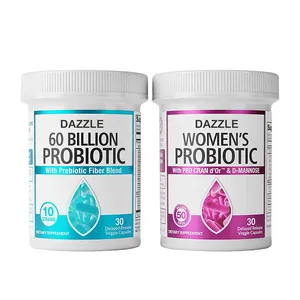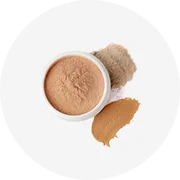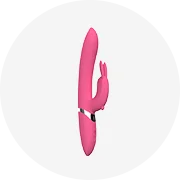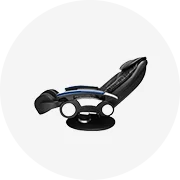Popular in your industry










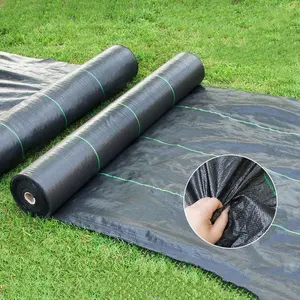


































About purely organic weed and feed
Introduction
In the quest for a lush, green lawn, many homeowners are turning to a natural solution: organic weed and feed. This eco-friendly approach to lawn care, primarily derived from corn gluten meal, is not only safe for people, pets, and wildlife, but also effective against common weeds. As we become more environmentally conscious, the trend towards organic lawn care is rapidly growing. This article delves into the benefits of organic weed and feed, how it contributes to a greener and healthier lawn, and provides practical tips on its application and common mistakes to avoid.
Understanding Organic Weed and Feed
Organic Weed and Feed is a natural product primarily derived from corn gluten meal. It's designed for use on lawns, providing a quick green-up without the risk of burning. This product is effective against a variety of common weeds, including crabgrass and dandelions. It's pelleted for easy application and is safe for people, pets, and wildlife. The product works best when applied, watered, and allowed to dry for a few days. It continues to work for 4-6 weeks, with reapplication as needed.
Benefits of Organic Weed and Feed
Organic lawn care, such as using organic weed and feed, has many advantages. It's a rapidly growing trend as people become more environmentally conscious. Transitioning to organic lawn care takes time and planning, but the benefits for your lawn and family should be weighed carefully. Organic methods can be more advantageous, especially if you're looking to use fewer pesticides for the benefit of your family and pets. However, it's important to educate yourself and make an informed decision about which method of lawn care will work best for you.
How Organic Weed and Feed Contributes to a Greener Lawn
Organic weed and feed can help you achieve a healthier, more beautiful lawn without the hassle and potentially harmful chemicals. It focuses on creating the best environment for the grass plants in your lawn by boosting the organisms and structure of the soil that supply the grass plants with nutrients. This method works continually over long periods of time and can address common problems that your lawn might be facing, like poor resistance to drought and disease.
How Organic Weed and Feed Contributes to a Healthier Lawn
Embracing organic lawn care, such as using organic weed and feed, is more than just a switch from chemical to natural products. It’s a holistic commitment to the overall health and resilience of your lawn. Organic care nurtures the soil, reduces chemical footprints, and paves the way for a lawn that thrives season after season. The benefits of using organic fertilizer extend beyond just a green lawn, contributing to a healthier lawn that's not just green but truly healthy.
Choosing the Right Organic Weed and Feed for Your Lawn
Our recommended organic option is safe for long-term use on just about any grass type. It works for up to 45 days, feeding the lawn and killing unwanted weeds without burning the grass. It’s also an excellent option for parents and pet owners because it doesn’t contain harmful chemicals. It’s recommended for cool-season and warm-season grasses. Its natural post-emergent ingredients kill many broadleaf weeds.
How to Apply Organic Weed and Feed
To apply organic weed and feed, evenly spread it over your lawn or garden soil. For best results, water it in and let it dry for 2-3 days. If it rains excessively, you may need to reapply. Apply 5 lbs per 250 sq ft. You can double the rate for better control without fear of burning your plants. Your first application should be in early spring, 3-5 weeks before weeds sprout, and reapply in late summer for late season weeds. Avoid applying on newly seeded areas or bare spots where you are re-seeding.
Common Mistakes to Avoid When Using Organic Weed and Feed
When using organic weed and feed, common mistakes include poor water management, incorrect timing of application, and not testing your soil. Overwatering can make your lawn vulnerable to pests and diseases. Fertilizing at the wrong time can reduce the effectiveness of the product. Not testing your soil can lead to over or under-stimulation of your lawn. Also, using the wrong type of fertilizer, applying too much, not using an insecticide, and inconsistent application can lead to less than optimal results. Avoid these mistakes for a healthier, greener lawn.
Case Studies of Successful Organic Weed and Feed Use
Successful organic weed control methods have been implemented by various users. They avoid synthetic pesticides, instead opting for organic weed management approaches. Their strategies include covering paths and aisles with mulch and permeable landscape fabric, minimizing tillage, and using free mulch for weed control on the edges of their fields. These methods demonstrate the effectiveness of organic weed control, which can be likened to the use of organic weed and feed products for lawn care.
Conclusion
In conclusion, the use of organic weed and feed is a holistic approach to lawn care that goes beyond just switching from chemical to natural products. It nurtures the soil, reduces chemical footprints, and paves the way for a lawn that thrives season after season. The benefits extend beyond just a green lawn, contributing to a healthier lawn that's not just visually appealing but truly healthy. However, to reap these benefits, it's crucial to apply it correctly and avoid common mistakes. As demonstrated by successful case studies, organic weed control methods can be highly effective, providing a safe and sustainable solution for your lawn care needs.




